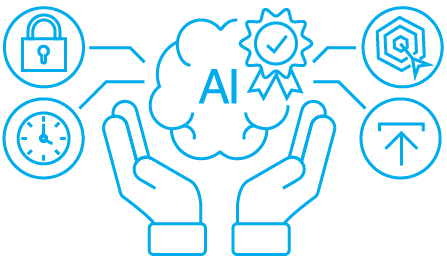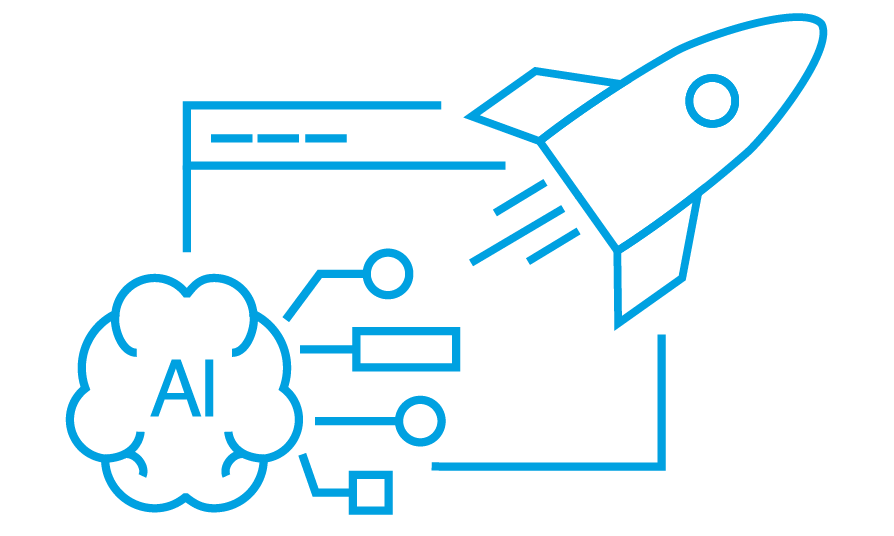- 2nd party data definition
- Second party data vs first party data
- 2nd vs 3rd party data
- DMP: gathering 2nd part data and integrating it with 1st and 3rd party
Second party data term can be unclear, but it is a type of data that helps you simply leverage efficiency of your campaigns. Basically, it is first party data owned by another company. What does it mean exactly and how to use 2nd party data?
2nd party data definition
Second-party data is often defined as someone else’s first-party data. It means that if your potential business partner gathers a data and want to share it with you, it will become your second party data and can be used for audience targeting or enriching your own database. The information you want to receive from another company can come from various sources owned by your partner, including websites, apps or offline sources, such as surveys.
By gathering second party data, marketers get access to information about consumers potentially interested in their products. It is rather a small group, but with a specific interest or behavior (e.g. craft beer lovers or soccer fans that have been on their favorite team stadium in the past two weeks).
The second party data can include information similar to the first part data, which means, e.g.:
- demography
- visited websites
- purchase history
- time spent on the website
- and many more
Second party data vs first party data
To sum up, first party data is the information you gather by yourself from your own sources and second party data is the information that another company store and can share it with you or other entities.
But what are main differences between 1st and 2nd party data? While you can control all consents and quality of data you collect, it is not so easy with second party data.
You need to rely on your business partners because you cannot check the quality of data before you receive it. Although, the opportunity to gain unique data that is not available on global data markets is big enough to take a small risk and get the demanded data.
Usually, if you receive 2nd party data from trusted partners, the quality is very good, so you can easily use it to reach out to your new customers.
What’s more, receiving the data from your partner makes it possible to create really creative campaigns. When you combine data you got with the data you wish to have (e.g., where your customers usually drink coffee or travel), it opens new opportunities to deliver your customer highly personalized campaigns.

2nd vs 3rd party data
When you compare 2nd party data to the third party you probably see that data from third parties are bigger than the ones from your business partners. It’s because data providers gather digital information from many publishers and pack them into one big set that is available on global data platforms.
Whereas, when you use 2nd party data from your partner, you get just one brick that can create huge 3rd party sets. To learn more about 3rd party data check our post: How to use the power of 3rd party data.
Although, if a data set is small, it does not mean it is bad or of low quality. Second party data sets can be really valuable, because usually you know your business partner, so you are aware of what kind of data can be collected.
Moreover, you know from which sources the data is stored, e.g. airline websites, online fashion stores etc. And last but not least, there is no middle-man in transactions for 2nd party data. It is common practice on the market to receive the data from your partner as a barter. You just need to find an appropriate company and sign an agreement to receive the demanded data. While you don’t need to spend your ad budget, your campaigns can be much more cost-effective.
DMP: gathering 2nd part data and integrating it with 1st and 3rd party
There are many ways to collect 2nd party data. One of the most flexible is to use a Data Management Platform. The technology will help you store not only data from your partners but all types of digital information you receive from various sources, such as websites, apps, surveys or data platforms.
By collecting 2nd party data on your DMP you can make this data targetable, so you can use it in demand-side platforms (DSPs) to reach out to the precisely chosen audience. It is fast and easy, so you conduct many campaigns and monitor their efficiency.
Moreover, by using DMP, you can integrate your own data (1st party) with your partners’ data (2nd party) and with the data purchased on global platforms (3rd party).
Thanks to data integration you can fill the gaps in your customer database. It lets you truly know your audience: their interests, demography or purchase intentions. Why is it important? Because it allows you to deliver your users’ personalized messages tailored to their needs, which have a positive influence on brand experience. To learn more about using DMP in your company, find out 6 benefits of using DMP in your business.



